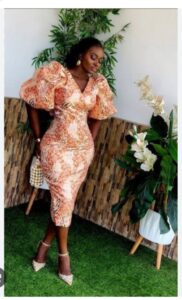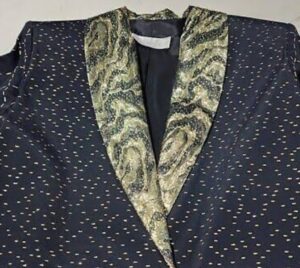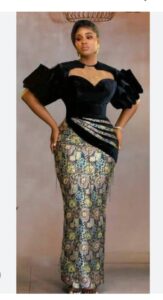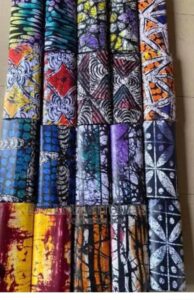In the human history, clothing has always woven a tale of cultural identity, societal status, and individual expression. From the rudimentary coverings of ancient civilizations to the splendor of contemporary fashion, the evolution of clothing mirrors the journey of humanity itself.
In ancient times, clothing served as both a practical necessity and a symbol of social distinction.As civilizations flourished and trade routes expanded, textiles and clothing styles became increasingly diverse and sophisticated.
However,some clothing materials remain “Timeless” as they stand the test of time. We will be examining four of them in this series:
- Brocade: Brocade, characterized by its intricate weaving, ornate patterns, and often enriched with metallic threads, has a historical association with opulence and regality. Traditionally utilized in garments for special occasions and ceremonial attire, its sumptuous texture and elaborate designs continue to captivate, making it a timeless choice for those seeking an essence of luxury in their wardrobe. Brocade has been in existence since 475 to 221 BC and its still a top fashion trend in our society date.
![]()
![]()
![]()
-
Damask: Damask, renowned for its reversible patterns and lustrous feel, has graced formal attire for centuries. This fabric, with its subtle yet distinctive motifs, reflects a timeless elegance. Originally favored in royal and ceremonial settings, damask’s enduring allure persists in modern times, gracing not only clothing but also finding a place of honor in the realm of upscale table linens and opulent upholstery.
![]()
![]()
- Adire: Adire, an indigenous Nigerian fabric, boasts a rich heritage steeped in hand-dyeing techniques. With its tie-dye and resist-dye methods, Adire holds cultural significance, often adorning attire for ceremonies and celebrations. In the contemporary fashion landscape, Adire patterns have transitioned gracefully, making a vibrant statement in clothing and accessories, celebrating the artistry of Nigerian heritage.
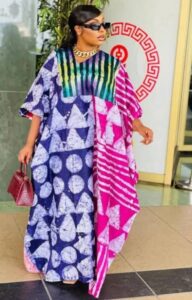
- Kampala: Originating from East Africa, Kampala fabric is a tapestry of vibrant colors, traditionally associated with festivities and cultural celebrations. Its bold hues and unique designs have been a staple in traditional ceremonies. In modern fashion, Kampala prints continue to thrive, offering a kaleidoscope of patterns in clothing and accessories, bridging the gap between tradition and contemporary style.
![]()




